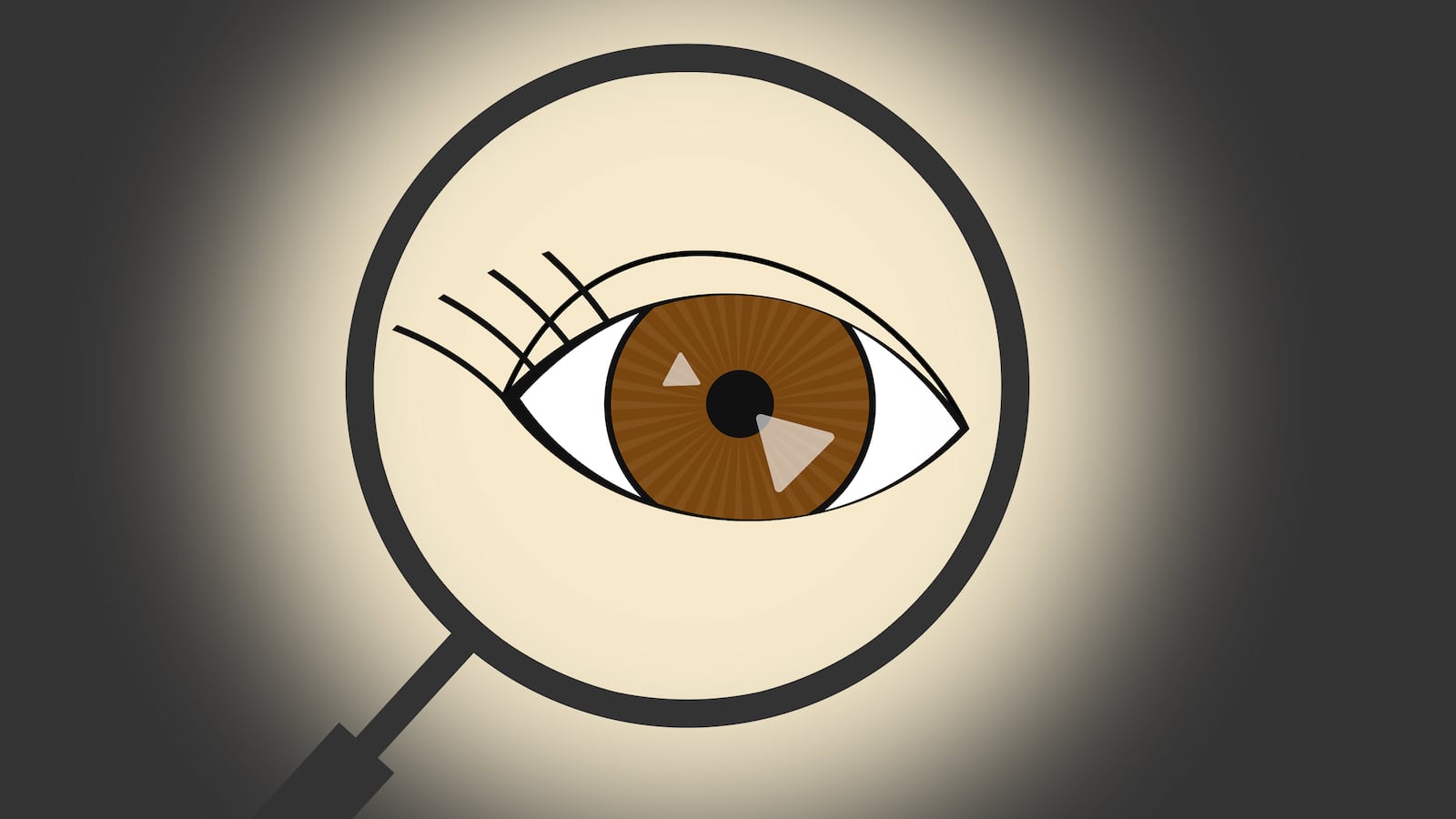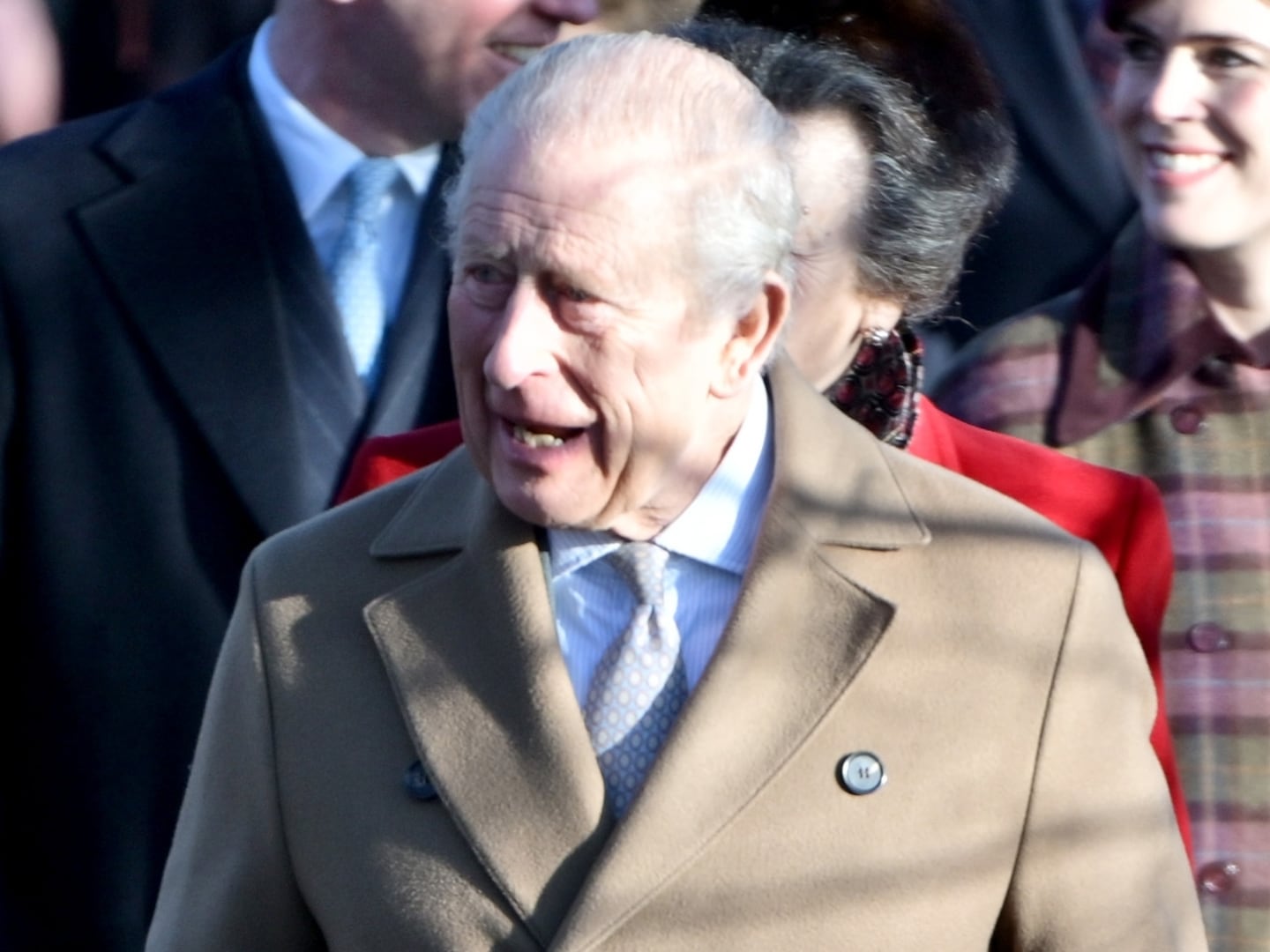It’s Friday night and I’m holed up in a five-star Manhattan hotel suite with a hot guy and a complimentary bottle of champagne—but all is not what it seems.
Because I’m a private investigator, my “hot date” is actually my business partner, and the tiny video cameras I’m unpacking aren’t for sex games. They are for spying on the man who lives across the street.
Our client is a wealthy woman who is concerned that her boyfriend (aka “The Subject”) is dating someone else.
As always in cases involving dark secrets, I began by asking her the question: Are you sure you really want to know?
The disclaimer doesn’t always work. I will never forget the tearful housewife who begged me to find out the truth about how her husband spent his lunch hours. After tailing him to a no-tell motel, I knocked on the door pretending to be looking for a friend—and my trusty hidden pen camera snapped pics of her shirtless husband with his secretary behind him on the bed.
Even after she saw the interrupted tryst in HD, she continued to insist that this was just a “business meeting” and told me I had made a mistake.
But our current client was largely based in Los Angeles, and adamant that she had to uncover the truth. As soon as we saw her boyfriend walk out the door, as my hero Sherlock Holmes would say, the game was afoot.

My transition from sex columnist to supersleuth has been anything but conventional. After beginning my career as a journalist working for New York magazine, I moved to London and created the “Sleeping Around” dating column for The Independent.
But my true passion was solving mysteries, I quickly found out that dating and detective work had a lot in common. My next adventure took me to Los Angeles to attend private investigator school, where I was immediately put into the field and found myself chasing criminals. Three years and 6,000 hours later, I opened my detective agency.
And what I learned in that time is that there are a million ways to disappear, especially in New York. And no matter how carefully we have prepared our intelligence, my partner and I have no idea what we are stepping into. We have to be ready for anything.
Before the end of the night I will have chased the subject down subways, raced down alleys, jumped in and out of cabs, and changed from sweatpants to an Alexander McQueen LBD in the back of my partner’s car to crash a $500-a-plate charity event.
At 3 a.m., I’m back at the hotel breaking the news to the client that, as she suspected, her boyfriend had been out on a date, and walked into his now-dark apartment hand-in-hand with a young blonde.
She asked if I could see what they were up to. “It’s dark,” I said, trying to be diplomatic, “but I doubt they’re playing Scrabble.”
The client was heartbroken, but happy that six hours of surveillance had given her the closure six months of therapy failed to deliver.
I was high on the adrenaline-fueled thrill of the chase, because I love my job. The gritty day-to-day part of real-life P.I. work may be nothing like the glamorous world shown on TV, but parts of it are definitely stranger than fiction.
Here’s what I have learned:
Knowledge is power
Before the fateful moment when our eyes lock across the crowded room, I have a binder of intelligence on the handsome stranger. I know that he votes Democrat, hates seafood, the amount owed on his mortgage and that he once got arrested for public intoxication.
I, on the other hand, can be anyone—as long as I don’t impersonate anyone real, or pretend to be a police officer, government official, or medical professional.
I definitely don’t look like a conventional P.I.; I’m a 5-foot-10 female who stands out in a crowd. When I need to interact with people to get information, I use this to my advantage.
I have thrown a faux-bachelorette party, ridden a mechanical bull and played mixed doubles tennis (badly) to infiltrate social sets when I needed to gain intelligence.
To quote my other favorite fictional detective, Daryl Zero, “They can’t tell you’re following them if you get there first.”
Making someone talk to you because you have a badge and making them want to talk to you are very different skill sets.
As anyone who has ever sat on a long flight with no headphones can tell you, people often find it easier to confess dark secrets to relative strangers. I just have to give them an opening.
I remember a cold case I worked on where none of the investigators could get key information from any of the witnesses. But when I re-interviewed an older man who lived nearby, I was able to get a crucial piece of information—after eating his wife’s homemade sugar cookies, and hearing stories about their grandchildren for two hours.
This logic also applies to criminal investigations. Sometimes police can be reluctant to share information with a P.I. with no law enforcement background. For example, in the Los Angeles Grim Sleeper serial killer case, journalist Christine Pelisek played a key role in breaking the case. Years later, another HBO filmmaker was about to get even more information from prostitutes who admitted that they were wary of talking to police. In some cases when police are strapped for time, an outside investigator can make all the difference.
The key to a great disguise lies in the subtle details—and the layering.
It’s hard to plan the perfect outfit for when I have to jog past a house in the morning, put on a suit for the day and then crash a club at night.
I would love to rock a neon red wig like Jennifer Garner in Alias, but I know that in the real world pulling my hair back, changing sunglasses or adjusting my height with platform sneakers are better options for staying low-key.
Unlike TV private investigators, I don’t have a stylist on call—so I have to wing it by throwing on an ultra-light down jacket or tunic to add bulk, or transforming my look with lipstick and killer heels (another advantage of being a girl!)
They never show the hardest parts of surveillance on TV.
It’s not what you think. The real danger is not being spotted by your target, but instead being able to pick out the target with limited information. Only then does the challenge of following and keeping up with them start.
Seriously, try squinting at a tiny Facebook profile page picture on your smart phone to ID the “white guy, medium height, in a business suit” leaving a busy Midtown building at 6 p.m.
For bonus points try this in winter, when only a few square inches of skin are visible.
Keeping up with someone in a car presents additional challenges. Typically, my partner and I follow with one of us directly behind the Subject, while the other one hangs a few cars back. This prevents the Subject from figuring out that’s he’s being followed—at least, in theory.
Which brings me to another harsh reality of this business: You can, and will, get burned if you follow enough people for long enough.
When confronted with an angry person who wants to know why I’m following them, I instantly deny everything, and then choose from one of two reactions: I either laugh playfully and say something like “Me following you? Don’t flatter yourself!” Or I burst into tears.
The latter strategy worked for me when I was confronted with an angry driver who wanted to know why my car was behind him. So I cried and pretended to be lost. “Honey, don’t worry,” he said. “Just follow me to the freeway.”
P.I.s are carefully regulated, and we follow the law.
Of course there are shady private investigators out there who use illegal methods to get information. I’m not one of them, but that doesn’t stop the bizarre requests from rolling in.
I am constantly breaking the news that I won’t hack into bank accounts, and I tell women who want me to seduce their husbands to try Craigslist.
If I break the law I risk not only losing my P.I. license—thereby wasting the three years and 6,000 certified hours I had to complete to get it—but any evidence I get can be tainted if used in court.
I often joke with my police sources that I wish I could wiretap because it would save me so much time—but I can’t.
Instead, I have to get creative. Some methods are high-tech, while others involve getting—quite literally—down and dirty with old-school gumshoe tactics.
For example, I never saw Magnum PI digging through someone’s trash, then trying to tape together shredded financial records coated in what appears to be a mixture of PF Chang’s brown sauce and dirty diapers.
Everyone leads a double life.
Even normal people have different roles they play in daily life—for example, the buttoned-up career girl at work transforms into the sex kitten on a date and mom at home—but some people take it to another level.
I was recently asked to investigate a guy by his fiancé, who said she had a funny feeling that he may be seeing another woman.
It turned out that infidelity was just the tip of the iceberg: My partner and I started digging and found six alternate identities, three addresses, two wives and lots of stolen cars.
My partner and I call that one the Let’s Make a Deal case, because like the old Monty Hall game show, we literally had no idea what shocking secret we would find behind each door.
Even in a post-Edward Snowden world, people very rarely suspect that they are being followed.
Because of a combination of social media obsession and narcissism, most people walk around in a bubble posting selfies. Very few sit back and observe.
Then there are the rare souls who are completely convinced that people are spying on them all the time—and they aren’t always wrong.
I still remember a fellow investigator telling me about a client he had who was convinced that black helicopters were following him.
Other P.I.s dismissed him as a drug addict, but my friend took the case, only to discover that the client was correct: He was being followed by the DEA because, as an executive with a coffee company, his numerous trips to South America raised red flags.
Sometimes, paranoia makes perfect sense.
As I remind myself every time I slip on my Jimmy Choos and head out into the night, you never know who is watching.






